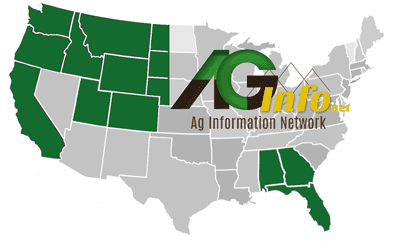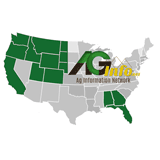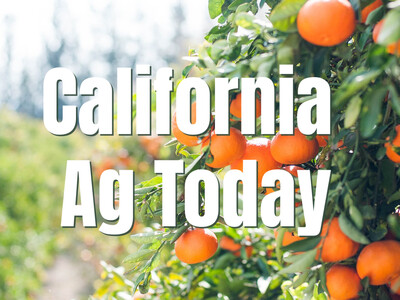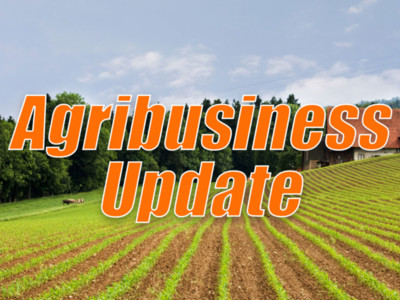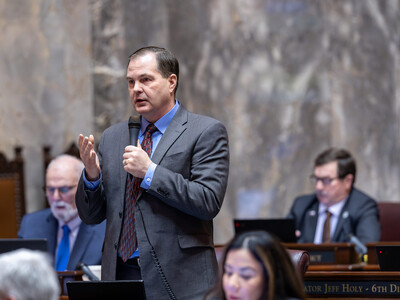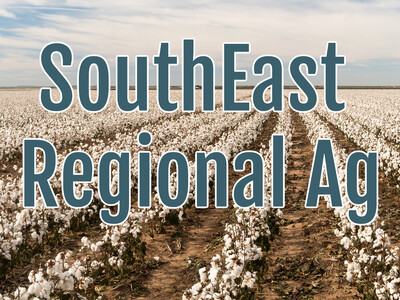Farmers Helping Honey Bees
Last week the USDA and the EPA released a comprehensive scientific report on honey bee health. The agencies’ report does not point to any one “smoking gun” in the plight of the honey bee, in fact, multiple factors are listed in the report as playing a role in honey bee colony declines. Those include parasites and disease, poor nutrition, genetics, and yes, pesticide exposure. Representatives for the USDA have stated that steps have already been taken to improve the plight of the honey bee through the cooperation of farmers around the country incorporating bee habitat into their land through the Conservation Reserve Program, the Environmental Quality Incentive Program, and the Conservation Stewardship Program. Farmers are well aware that honey bees are the major crop pollinator in the United States and are just as eager to help protect this important little insect. That’s why many are talking with their local beekeepers to find out if there are beehives near their fields, containing treated seed and cleaning up any that may fall on the ground, and notifying local beekeepers when they plan on applying crop protection products. Farmers know that their business relies on honey bees surviving and thriving.
